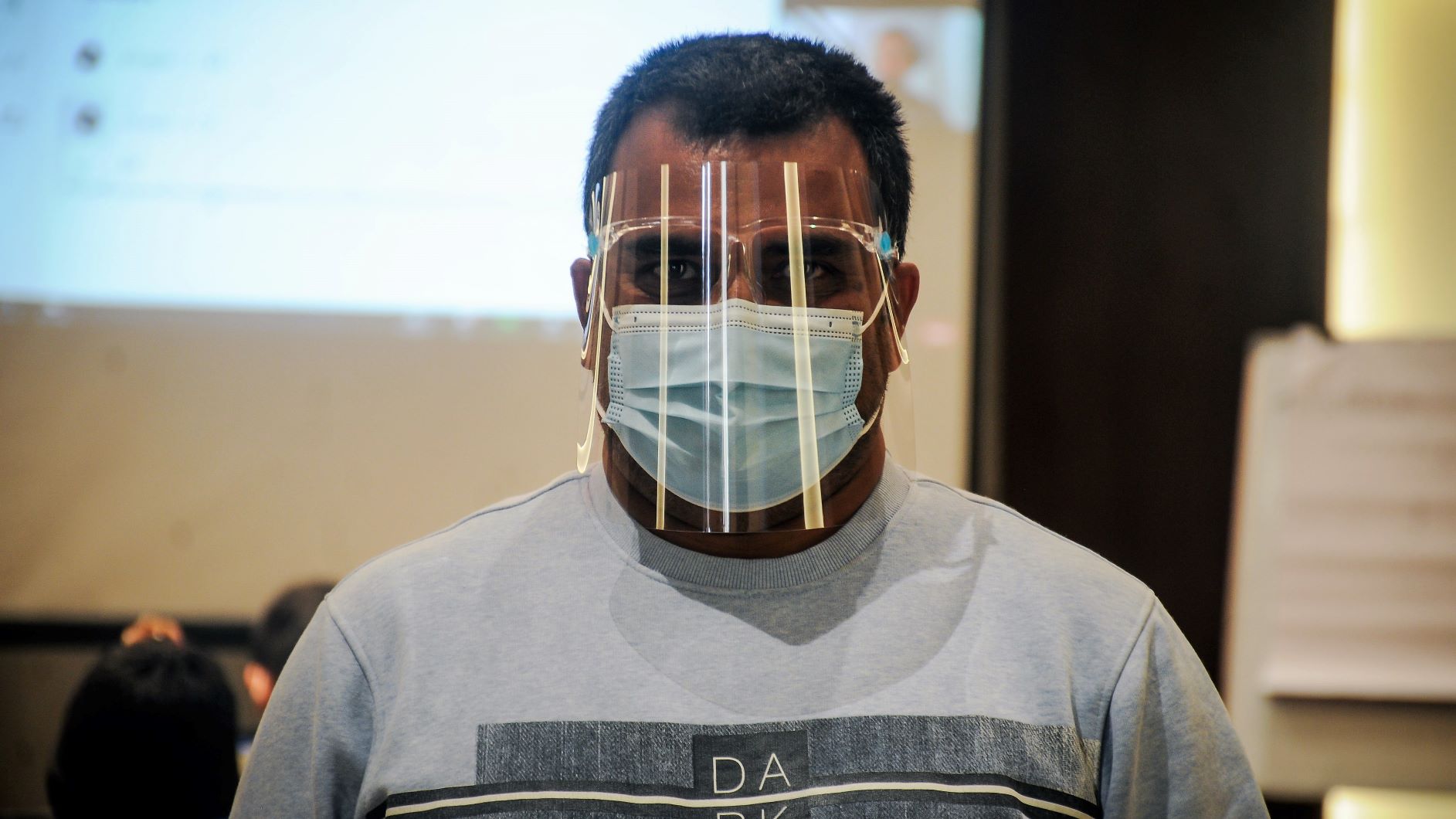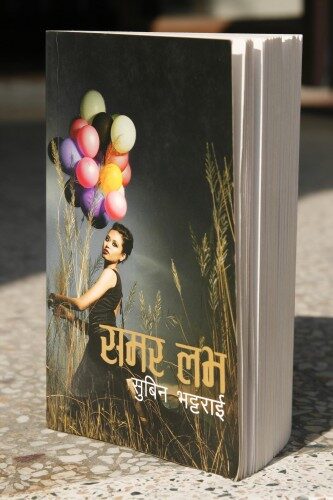A friend asked me why I haven’t written a blog on my six weeks in Oslo. I pondered on the questions… there was no answer.
Sometimes words just do not come to you and six weeks in Oslo where I attended the International Summer School 2010 at University of Oslo was such an experience that I could not put down in words and do justice to it.
* * *
“What’s ISS for you?” One of my hundreds of friend asked me on camera.
“ISS is six-week of my life that I am never going to forget!” And, they decided to put this small interview just before the end of an eight-minute movie.
It was indeed so. In those six weeks, I met hundreds of friends from all countries imaginable – and talked to them. I met the world at a place.
They not only helped me understand the world, but also filled in me the enthusiasm to work more; work better; study more and help to make the world better.
Some of the friends, I am never going to forget – for their talent, love and compassion!
* * *

The ISS Media Studies 2010 with course leaders!
“What’s best part of Media Studies group?” Our assistant course leader asked me during a lunch. (Yes, our teachers did occasionally join us in breakfast, lunch, drinks and dances – and late night gossips!)
“Friends… like that of teenage,” I told her that once I started my professional career, befriending people for true friendship without jealousy and with the ownership of teenage friends had become very hard.
In my group of 15 classmates, it was friendship that mattered most. There were of course ‘close friends’, ‘good friends’ and ‘friends’ but the way we could talk freely to each other, sometime even making joke of each other, and share a few light moments together was just wonderful!
* * *
In Oslo, we were far and foremost two things – teenagers and tourists!
Teenagers because we attended classes; completed assignments; went out in evenings and nights; and most important were free from any life pressure. Also because we talked how boring the lectures sometimes are and wondered around the city for nothing.
Tourists because we had such a busy schedule given by ISS in the early weeks that we felt like they are not going to give us time even for shopping. They were guided tours including that of Oslo city – all of which no one could attend, and there were an excursion tour (I went to Telemark – that was the only one left for me when I went to register) where we were made to feel like tourists rather than students.
* * *
And, of course, we were also made students.
At ISS, not only did I attend four-hour-long lectures every weekdays but also asked to do assignments that needed visits to library.
Looking at Media Studies schedule which had the last week free for take-home exams, we had thought ‘yes, here we have free time’. But it turned out that nobody from our class was seen around for long time during the week because they all were busy in the 15-page essay. It turned out to be the most time consuming part of our stay; and everyone sighed long and smiled at each other after the deadline passed.
* * *
I have no words to explain, but it was wonderful experience, just perfect!

 Do you love reading Chetan Bhagat? Or love stories? Ever wanted to read something similar in Nepali?
Do you love reading Chetan Bhagat? Or love stories? Ever wanted to read something similar in Nepali?





